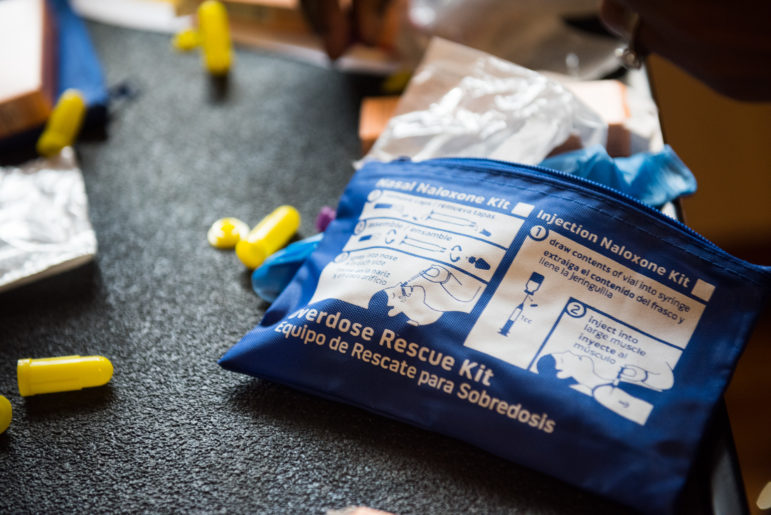Pentagon Responds to Rising Overdose Deaths with New Drug Policy Initiatives
The decision follows a distressing report by Rolling Stone in 2022, which revealed a significant increase in overdose deaths at Fort Liberty, formerly Fort Bragg. This report brought to light the inadequate record-keeping and lack of transparency regarding drug-related issues within the military establishment. Particularly alarming was the revelation that at Fort Liberty, accidental overdose was the leading cause of death, second only to suicide, during 2020-2021.
Senator Edward Markey (D-Mass.) and other Congress members exerted pressure on the Pentagon for greater openness, leading to an acknowledgment of the rise in fentanyl-related deaths among military personnel – a trend mirroring the national crisis. A report by Military.com indicated that between 2017 and 2022, 330 service members succumbed to drug overdoses, with an additional 15,000 experiencing non-fatal overdose incidents.
Senator Markey emphasized the importance of providing necessary resources and life-saving treatment to military members and their families to combat the overdose crisis. In response, President Biden signed a law in December 2022 mandating the Department of Defense to begin tracking overdoses and distribute NARCAN from 2024 and 2025, respectively. The department is required to submit an annual report detailing overdose deaths, locations, demographics, mental health treatment history, and prescription records of opioids, benzodiazepines, or stimulants.
Professor Alex Bennett, director of New York University’s Opioid Overdose Prevention Program, applauded the initiative, highlighting the prevalent drug naivete among military personnel. Bennett underscored the necessity of transparency in data tracking to effectively address the issue.
The widespread use of fentanyl in creating counterfeit prescription pills poses a significant risk, with the Drug Enforcement Administration estimating that about 70% of these fake pills contain potentially lethal doses of fentanyl. Carole De Nola, who lost a child to an overdose at Fort Liberty, called for enhanced drug education within the military, noting that the new law does not mandate such training.
The logistics of NARCAN distribution within the military remain unclear, with concerns over tracking potentially deterring service members from seeking the medication. Despite these challenges, the new policy marks a significant step toward addressing the growing drug crisis in the military, aligning with broader efforts to combat the national opioid epidemic.




































